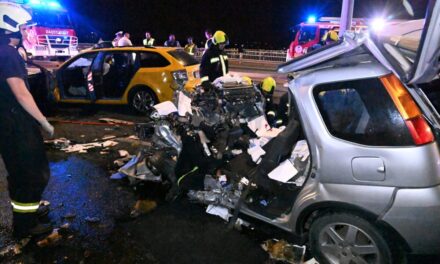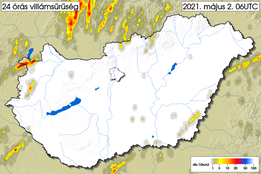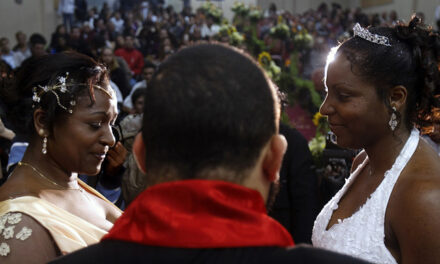The exhibition of the Bodajki Hunting Castle is an artistic expression of the hunting culture - emphasized the Deputy Prime Minister on Saturday in the city of Fejér County, where he handed over the completely renovated castle, the related exhibition and experience center.
Zsolt Semjén pointed out that Bodajk is one of the "rural jewel boxes" of the soon-to-be-started world hunting exhibition , which presents Hungarian hunting culture in a unique way. As he said, at the exhibition, starting from nature, with the help of culture and art, the animals killed during hunting are presented.
Zoltán Kovács, the government commissioner responsible for organizing the "One with Nature" World Hunting and Nature Exhibition, spoke about how in the past month, every day, a new side of the culture and heritage created by Hungarian hunters has been shown.
He emphasized that this exhibition is another proof of this, thanks to Attila Paár, the owner and managing director of the WHB Group, whose passion for hunting is connected with saving value. This is palpable at Bodajkon, and its activity is also coupled with social utility - he said, adding: this trinity also characterizes the world exhibition starting in a week.
The classicist Hochburg-Miske castle was completely renovated, the total cost of the investment was HUF 3.2 billion, of which HUF 1.4 billion was provided by the Hungarian Tourism Agency as part of the Kisfaludy Program. The nearly seven-hectare English park was also completely renewed, and a portaico building was built, where two more exhibition spaces were created. The trophy collection on display in the Bodajki Hunting Castle is worth more than one and a half billion forints and was brought to the castle through private donations.
At Bodajko, János Haas-Hochburg built a manor house at the end of the 17th century, and it was used to build a classicist castle in the middle of the 19th century courtesy of Baron József Miske. Jakab Grünfeld bought the estate and the castle in 1893, which his family farmed until the 1940s. The building, which was damaged during the war, was renovated in 1964 and then operated as a tourist hostel until the early 1990s. It was sold by the municipality in 2007 and has been empty since then.
Source: MTI













